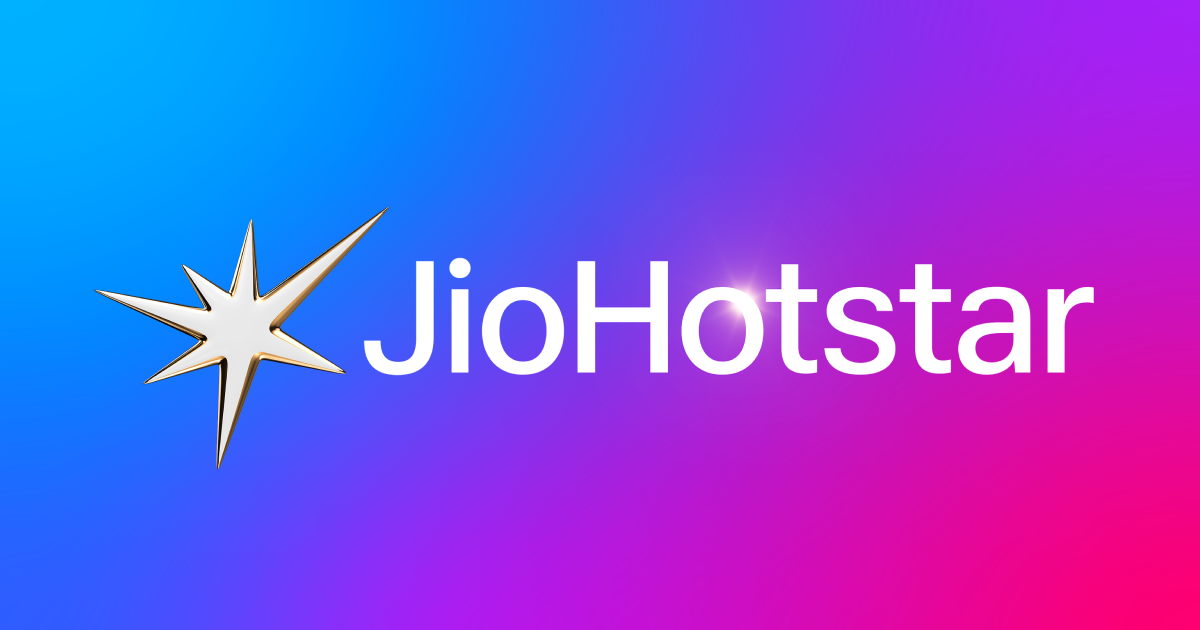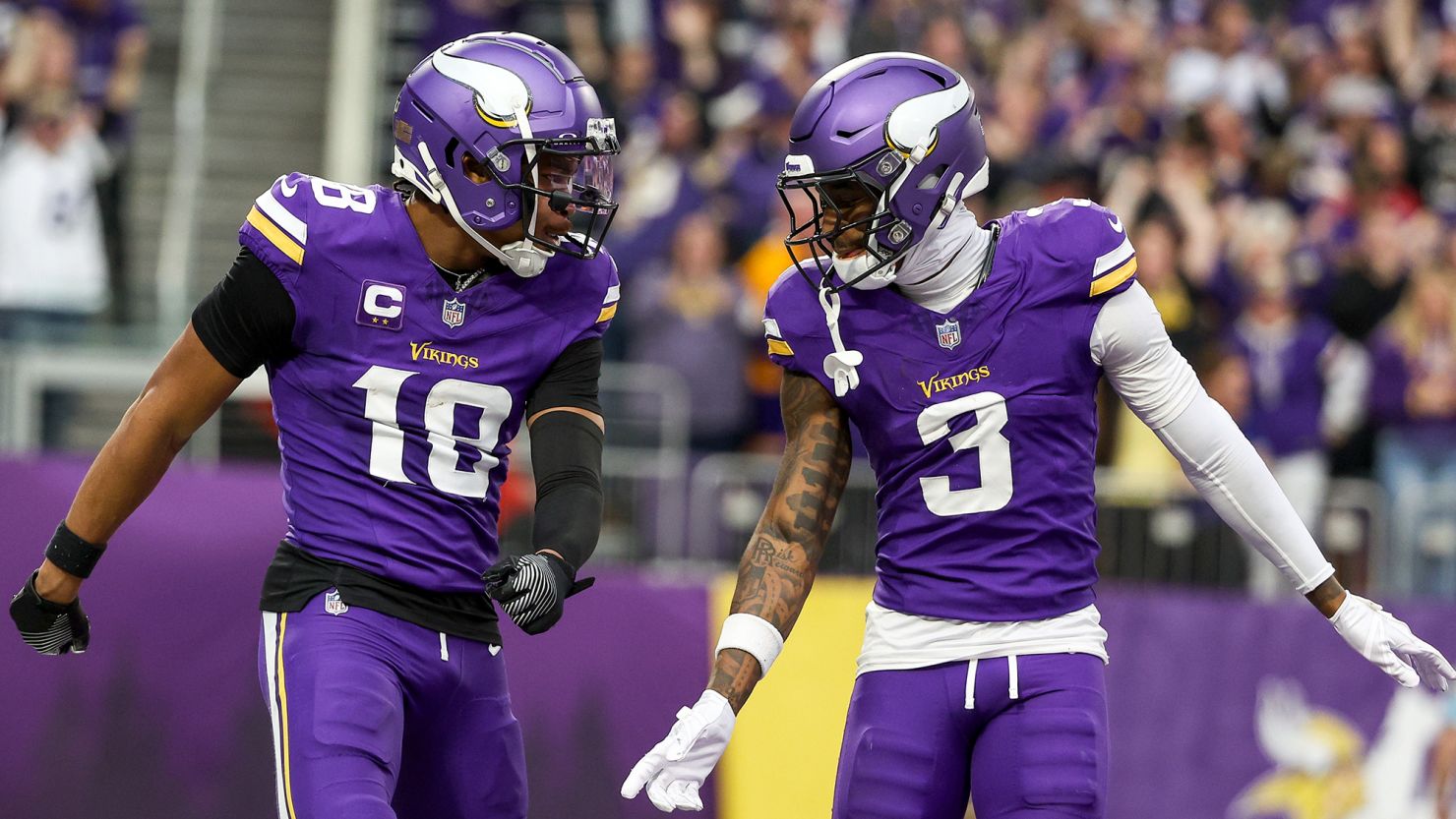India isn’t just consuming cricket—it’s redefining the economics of sport and streaming.
In a stunning ascent, India’s largest streaming platform—JioStar—has amassed over 280 million subscribers within just months of its launch. That’s nearly on par with Netflix’s global subscriber base, but at a fraction of the pricing and with a laser focus on India’s obsession: cricket.
At the heart of this surge is the Indian Premier League (IPL)—a tournament that has become both a cultural phenomenon and a commercial proving ground for media giants. The 2024 IPL season shattered records not just on the pitch, but across TV screens and mobile apps.
But the story isn’t just about numbers. It’s about strategy. Let’s break it down.
1. The Great Consolidation: Jio + Disney + Cricket = JioStar
The formation of JioStar—born from the merger of Reliance’s media assets and Disney’s Indian operations—wasn’t just a handshake. It was a full-blown chess move.
This consolidation delivered one thing that every media conglomerate dreams of: control over both digital and broadcast rights. For years, Disney and Reliance fought a brutal tug-of-war over IPL access. Now, under one roof, JioStar owns it all.
The result? Free cricket streaming has ended. Now, fans must pay—albeit modestly—to access their favorite sport. Subscriptions surged from 50 million in March to 280 million today, driven by a pricing strategy that starts as low as ₹49 ($0.60) per month.
2. Monetization Remains a Challenge—For Now
The revenue model, however, is still under construction.
Despite a subscriber explosion, media companies continue to struggle with monetizing cricket effectively. The broadcasters paid $6.2 billion for IPL rights through 2027, making it one of the most expensive sports properties globally.
But India’s low ARPU (average revenue per user) and fragmented ad market make profitability elusive. Even with massive audiences, many broadcasters haven’t recouped costs, particularly in prior seasons where Reliance offered IPL access for free.
Jefferies estimated IPL’s 2023 ad revenue was less than half of the broadcasting cost—a glaring imbalance that still shadows the current model.
3. IPL as the Trojan Horse: Platform Stickiness & Content Ecosystem
JioStar isn’t playing a short game.
IPL isn’t just about cricket; it’s about consumer acquisition. The plan? Use the gravitational pull of live sports to lure subscribers, then retain them with Hollywood hits—from Pixar to Paramount, HBO to Indian originals.
As JioStar’s Sports CEO Sanjog Gupta put it:
“Once you bring the consumer through the gate, you widen access to a vast content library, enabled by a seamless experience.”
This is classic Trojan Horse strategy: bait with mass cultural content, retain with platform ecosystem.
4. The End of Hyper-Competition?
India’s media arms race may be cooling.
Sony’s failed merger with Zee, Disney’s pivot, and Reliance’s dominant play have reduced the number of major players in contention. Future IPL media rights cycles may see less competition—and lower bids.
For the Indian cricket board, that’s a challenge. For JioStar, it’s a strategic opportunity.
As D&P Advisory notes, IPL’s enterprise value dropped to $9.9 billion in 2024 (from $11.2B in 2023) due to expected demand-side constraints in the next auction.
Reliance and Disney may no longer need to outbid each other. Together, they could set the pace—and the price.
5. What It Means for Brands, Media, and Sport
The rise of JioStar signals a new era of bundled content, aggressive pricing, and live-sport-led digital dominance in India.
For advertisers, it means cricket remains non-negotiable real estate—one of the last few media events where Indian consumers show up en masse.
For global players, it’s a wake-up call: entering India’s media market now requires local alignment, content agility, and pricing innovation.
And for sports properties around the world? The IPL model is a case study in how to convert sport into scalable digital infrastructure—if you have the capital, cultural insight, and platform ecosystem to back it.
IPL Isn’t Just India’s League—It’s India’s Platform
The IPL is no longer just a sports tournament. It’s a platform economy in motion—where cricket drives subscriber acquisition, brand partnerships, and digital transformation at a national scale.
And JioStar isn’t just broadcasting cricket. It’s building India’s most powerful content gateway, one match at a time.
Want strategic insights like this tailored for your brand or investment thesis?
We specialize in decoding market shifts and turning them into opportunities across media, sport, and entertainment.
Let’s talk


